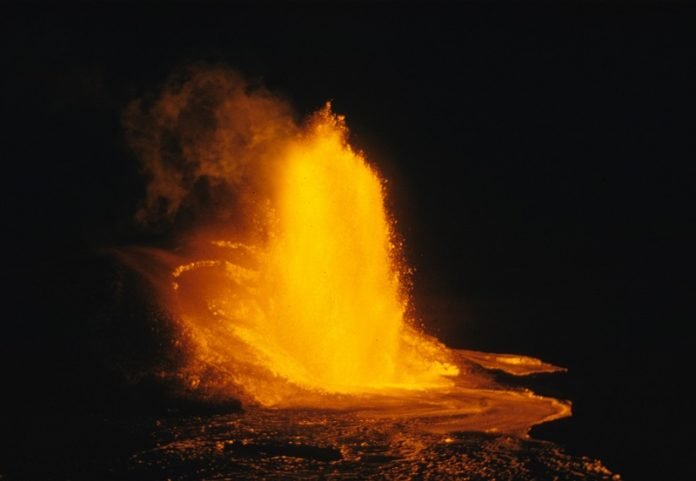
Imagine, for a moment, that you could dive deep beneath your feet, journeying into the heart of our planet.
As you traverse through the layers of the Earth, you might hear a hidden symphony – a chorus of booms, crackles, and pops, echoing through the rocky expanses.
It might sound like a mystical adventure, but scientists from MIT have discovered that these are not just imaginary sounds but vital whispers, revealing secrets about the stability of the rocks composing Earth’s crust.
Geologist Matěj Peč and his innovative team are not exploring subterranean worlds physically.
Instead, they’re lending an ear to the sounds that rocks produce, unveiling “acoustic fingerprints” that tell tales of the rocks’ journey through time and stress.
These aren’t mere rocks; they’re storytellers, and their acoustic patterns share information about the network of cracks and defects hidden within, revealing their history and potential future stability.
In straightforward terms, as rocks endure different levels of pressure, they emit sounds.
Marble, for instance, emits low-pitched “booms” under mild pressures, while under more intense pressures, they produce a cascade of higher-pitched crackles, like a cereal that snaps, crackles, and pops when milk is poured over it.
By tuning into these sounds, scientists can estimate the types of cracks and stresses within the Earth’s crust, giving them a glimpse into the mysterious depths below us.
Now, why does the journey and sounds of these rocks matter to us, you might wonder? The Earth’s crust might appear solid and unchanging, but it’s constantly shifting and evolving.
The stability of rocks, the cracks they develop, and the way they crumble or hold firm during Earth’s rumbles could help scientists pinpoint regions prone to earthquakes or volcanic eruptions. Moreover, if we aspire to harness the Earth’s geothermal energy, understanding the stability and composition of rocks at various depths is essential.
Navigating through the diverse array of rocks under varying pressures and depths is akin to navigating through an ocean with varying currents.
Closer to the surface, rocks tend to be brittle, cracking easily, while deeper down, under colossal pressures and heat, they flow more like a thick, slow-moving river of honey.
At some depth, rocks transition between these two states, becoming partly brittle and partly ductile, possessing a dual nature that has intrigued scientists.
Peč and his team sought to understand this transitional state better and investigate the varying strengths and stabilities of rocks through their physical journey.
However, peering inside rocks to comprehend their microscopic cracks and crevices is challenging due to technological limitations. So, the scientists decided to listen instead, utilizing ultrasound waves to understand the patterns of defects within.
In a controlled experiment using Carrara marble, the same material that Michelangelo’s masterpiece David is carved from, the team simulated the pressures experienced by rocks at different depths within the Earth.
Through this, they explored the rich tapestry of sounds emitted by the rocks, connecting them with the microscopic alterations within them.
This novel research marks a symphonic discovery, providing insights into the strength and behavior of the lithosphere (the Earth’s outermost shell) and potentially illuminating our understanding of geological phenomena like earthquakes and volcanic activities.
Moreover, it may pave the way for safer exploration and exploitation of geothermal energy sources, aligning with the global shift towards renewable energy.
Peč and his ensemble of researchers have, quite literally, made the Earth sing, translating its complex, cryptic melodies into a language we can begin to comprehend, opening new avenues in understanding our dynamic and ever-evolving planet.
This research, significantly supported by the National Science Foundation, stands as a harmonious blend of curiosity, innovation, and foundational science, bringing the hidden murmurs of the Earth to our ears.
Follow us on Twitter for more articles about this topic.



